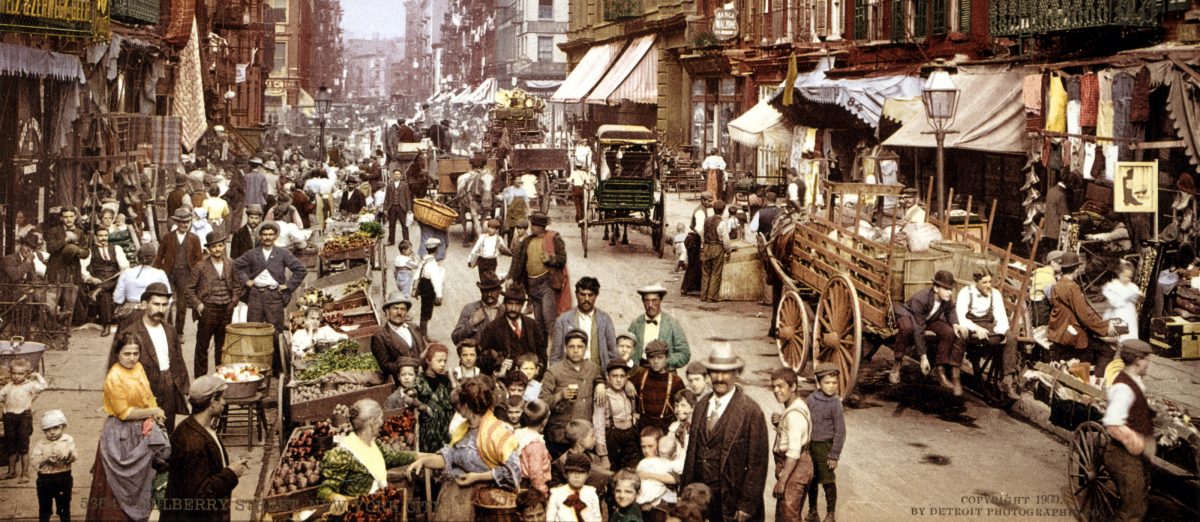In few cities has homelessness been as contentious an issue as in Los Angeles. The residents of the city have long displayed a live-and-let-live attitude toward the homeless, and in one recent survey of Los Angeles County residents homelessness was cited as the second-most important problem facing the county. Yet, the city has often resorted to a strong-arm law enforcement approach to the street homeless; in 2009 two national advocacy groups anointed it the “meanest” city in the country for its criminalization of homelessness.
In November, Angelenos will have an opportunitunity to express which side of the street they are on, as a referendum authorizing the city to issue $1.2 billion in general obligation bonds to provide supported housing for the homeless will be on the ballot.
Los Angeles has by far the largest population of street homeless in the country. According to the city’s estimates complying with HUD’s Point in Time enumeration, there were 17,687 unsheltered homeless people residing on the city’s streets in 2015. That compares to 3,200 in New York, 2,000 in Chicago and 500 in Washington DC. Even allowing for errors in the count, the scale of the problem is severe. With about 4.5 street homeless per 1,000 housed residents, Los Angeles is second only to San Francisco in terms of the intensity of the problem.
In 2002, under the direction of Police Chief William Bratton, the city began enforcing, especially in the “Skid Row” district near downtown, a 1968 ordinance that prohibited sleeping in or upon a street, sidewalk or public way. The ACLU of Southern California filed suit on behalf of six homeless individuals, but a district court upheld the city’s sleeping ban. However, in Jones v. The City of Los Angeles the following year, a panel of Ninth Circuit judges reversed the district court’s ruling, finding that the plaintiff’s may have become homeless involuntarily and their choice to sleep on the street was “involuntary and inseparable from their status.”
In 2014, a federal appeals court also struck down a Los Angeles law prohibiting people from living in vehicles, and in 2016 the city was ordered to stop seizing and destroying the property of homeless people left unattended on the street.
In the Jones decision the appeals court ruled that the city could not enforce the prohibition on sleeping on public sidewalks as long as the number of homeless persons exceeded the number of available shelter beds. At that time, and still, the city has nowhere near the number of shelter beds necessary to accommodate its homeless population, although the shelters that it does provide are rarely used to capacity.
In 2007, the City and the ACLU reached a settlement agreement stemming from the Jones suit, whereby the city pledged not to enforce the sleeping ban until at least 1,250 units of additional permanent supported housing are constructed for current or formerly chronic homeless persons. Although the city has supported construction of some excellent facilities, nearly 10 years later the City has not completed building all of the promised units and the exact count is a matter of dispute.
